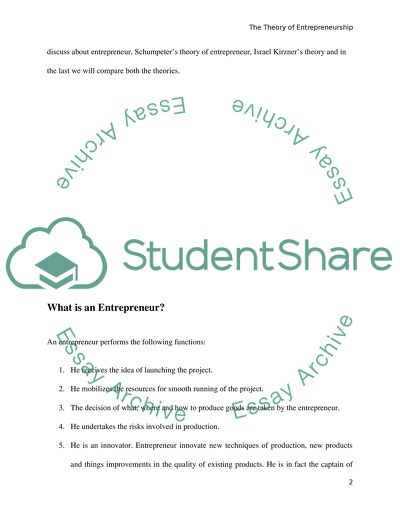Cite this document
(What is an Entrepreneur Case Study Example | Topics and Well Written Essays - 2057 words, n.d.)
What is an Entrepreneur Case Study Example | Topics and Well Written Essays - 2057 words. Retrieved from https://studentshare.org/marketing/1545360-problem-solving-answer-the-questions-related-to-the-theory-of-entrepreneurship
What is an Entrepreneur Case Study Example | Topics and Well Written Essays - 2057 words. Retrieved from https://studentshare.org/marketing/1545360-problem-solving-answer-the-questions-related-to-the-theory-of-entrepreneurship
(What Is an Entrepreneur Case Study Example | Topics and Well Written Essays - 2057 Words)
What Is an Entrepreneur Case Study Example | Topics and Well Written Essays - 2057 Words. https://studentshare.org/marketing/1545360-problem-solving-answer-the-questions-related-to-the-theory-of-entrepreneurship.
What Is an Entrepreneur Case Study Example | Topics and Well Written Essays - 2057 Words. https://studentshare.org/marketing/1545360-problem-solving-answer-the-questions-related-to-the-theory-of-entrepreneurship.
“What Is an Entrepreneur Case Study Example | Topics and Well Written Essays - 2057 Words”, n.d. https://studentshare.org/marketing/1545360-problem-solving-answer-the-questions-related-to-the-theory-of-entrepreneurship.


